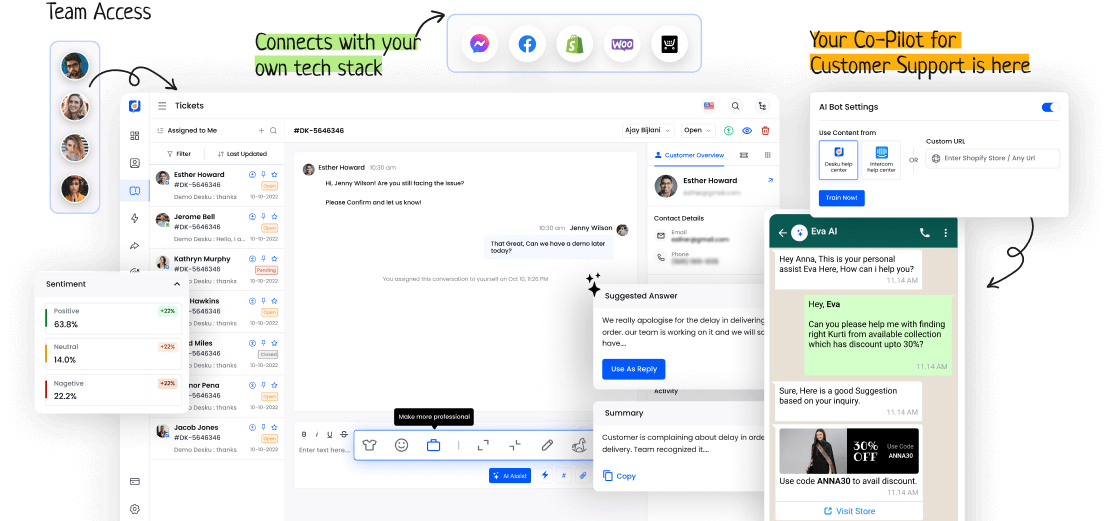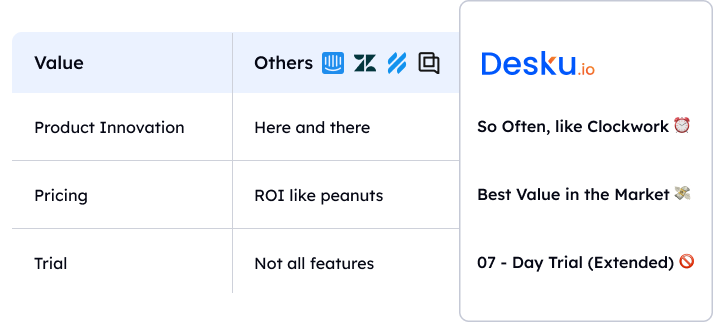Conversion rate is a key measure in marketing. It helps businesses understand customer behavior and increase earnings. This measure shows how well a website turns visitors into active participants.
However, many factors can influence conversion rates. Studying this measure can show how strategic choices and data help a business succeed online.
I. Definition of Conversion Rate
Conversion rate is a key measure in marketing. It tells the percent of website guests who do a wanted action. These actions could be buying a product or signing up for a newsletter.
Businesses study conversion metrics to see where they can optimize online. Knowing these metrics well helps to boost website performance. It also aids in ramping up customer involvement and sales.
Good online optimization tactics can deeply affect a business's digital success.
II. Importance of Conversion Rate in Businesses
A vital part of today's marketing tactics is studying how well customer involvement and sales performance work. This is done by measuring conversion rates.
It's key for businesses that want to boost sales growth and lift customer engagement. By zeroing in on conversion rates, companies can fine-tune their marketing efforts.
They can raise the chances of turning possible customers into real buyers. This can ultimately bump up revenue and profitability.
III. Techniques to Improve Conversion Rate
To enhance sales strategies and engage customers, firms can use certain tested techniques. They can increase their conversion rates.
A/B testing lets firms try different methods and find the best ones.
Call to action tuning refines the message and design of cues. This urges customers to act as desired, leading to more conversions.











